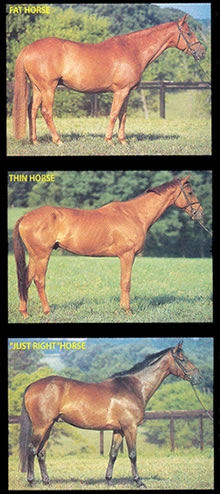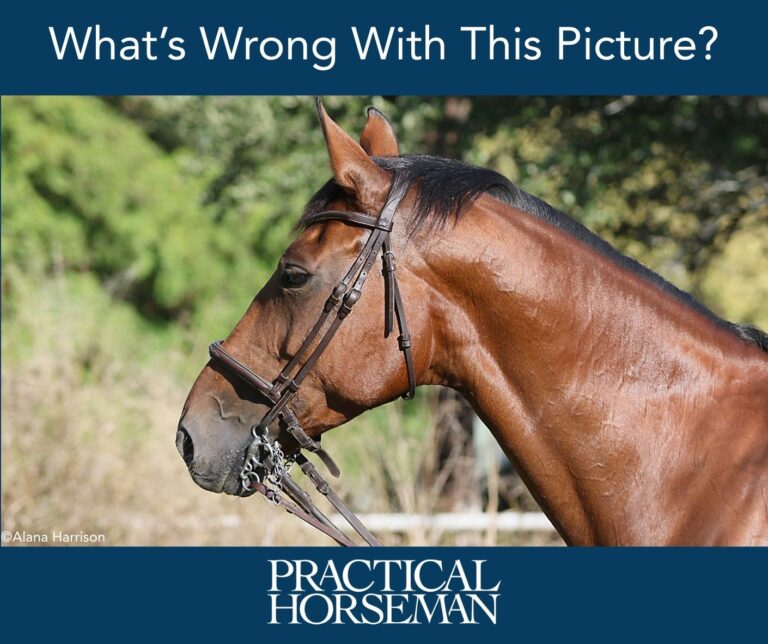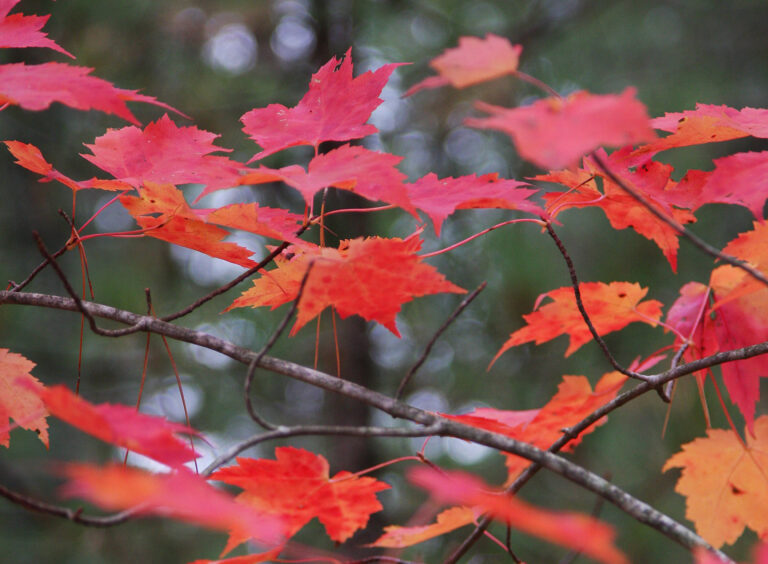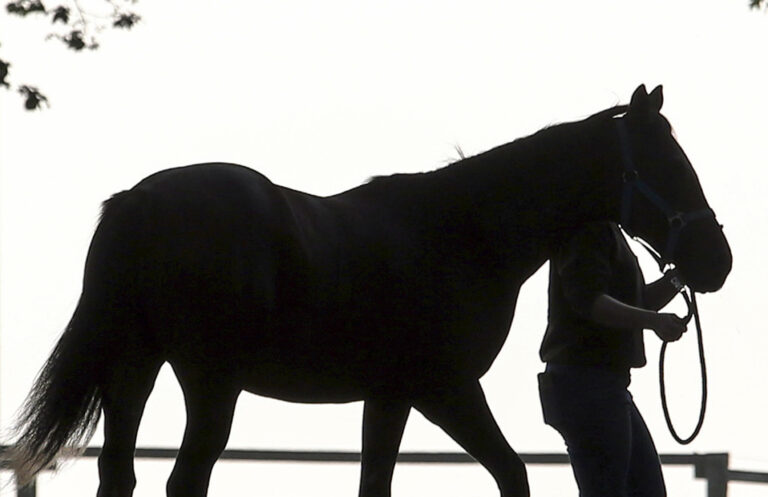Repellents and insecticides applied directly to your horse are the final line of defense between him and biting insects. (Strictly speaking, repellents drive insects away; insecticides kill, though some repel as well.) Not every form of repellent/insecticide works equally well–and some work better on some parts of the body than others.
Which one is best to use has a lot to do with what your horse will be doing while he needs the protection. But how you apply whatever you select can improve its effectiveness. Start with a clean horse–curry and brush well to remove loose hair and dirt first. Then follow the manufacturer’s instructions precisely.
Spray: It’s convenient–spray covers a large area quickly–but use with caution. If you really wet his coat, that’s too much product and could irritate his skin. Don’t spray your horse’s entire body and then tack up, because heat and pressure in the saddle area can make the chemicals in repellents/insecticides even more irritating. If you’re going to ride, spray him lightly after tacking up. Lift the reins out of the line of spray and concentrate on neck, chest, legs, belly and haunches.
Follow directions. If, for example, the label tells you to brush against the direction of hair growth as you spray, do it. If it says to wear goggles when spraying, wear them. And don’t spray your horse’s head: if you use repellent there, spray it on a soft cloth and wipe gently under the eyes (not above-it might drip down into them or be carried down by sweat) and around the ears.
Wipe-on: Designed to apply directly with a soft cloth or mitt, working in the direction of the horse’s hair growth, these products are usually oil-based. They may leave a darkened area that’s inappropriate for the show ring. However, their greater concentration of active ingredients makes them longer-lasting, useful for vulnerable areas like legs when your horse is turned out for a few hours.
Presoaked towellettes are handy take-alongs to renew protection on the trail, and useful to target repellent on sensitive spots: the sheath area, inside the hind legs and around sores. (Again, be careful not to wipe above the eyes, so sweat or other moisture doesn’t carry the product down into them.)
Roll-on: As an alternative application for the head, use roll-on repellent or insecticide around the ears and under the eyes. Roll-on can also be used to ring a wound.
Creams and gels: Especially effective wiped (with fingers, a towelette or a small, soft sponge) inside the ears, along the belly midline or on the chest–all favorite gnat targets. Some creams also contain healing agents for gnat bites or are formulated for open wounds; check label instructions.
Work And Competition Protection
1. A crocheted fly bonnet keeps bugs out of the ears during work. Here, after bridling Pentagon, Troy Hendricks reaches under the throatlatch with his right arm to hold the bonnet in both hands and ease it over the ears.

2. After sliding the bonnet’s front under the bridle browband, Troy winds its under-the-jaw securing cord around the throatlatch a couple of times. For a good fit the bonnet fringe should hang to the eyebrow without dangling too near the eye. With everything in place, Troy’s snugged up the bonnet, keeping tension on the cord while tying it through the loop.
3. If you’ll be riding without a bonnet, you can protect the insides of your horse’s ears with cream formulated for the purpose. Be tactful and careful applying products to this sensitive area, sliding one hand up the neck and cupping the ear as Troy is doing here…
4, 5. …then gently massaging the cream into the ear with your other hand.
6. If you’re using roll-on repellent for your horse’s face, apply under each eye in a semicircle extending no higher than either corner of the eye so it can’t run down into the eye.
Excerpted from “Fly Protection That Really Works” in the June 2001 issue of Practical Horseman magazine. For information on how to keep your summer fly population to a minimum, see “Most Unwanted” in the June 2006 issue.








